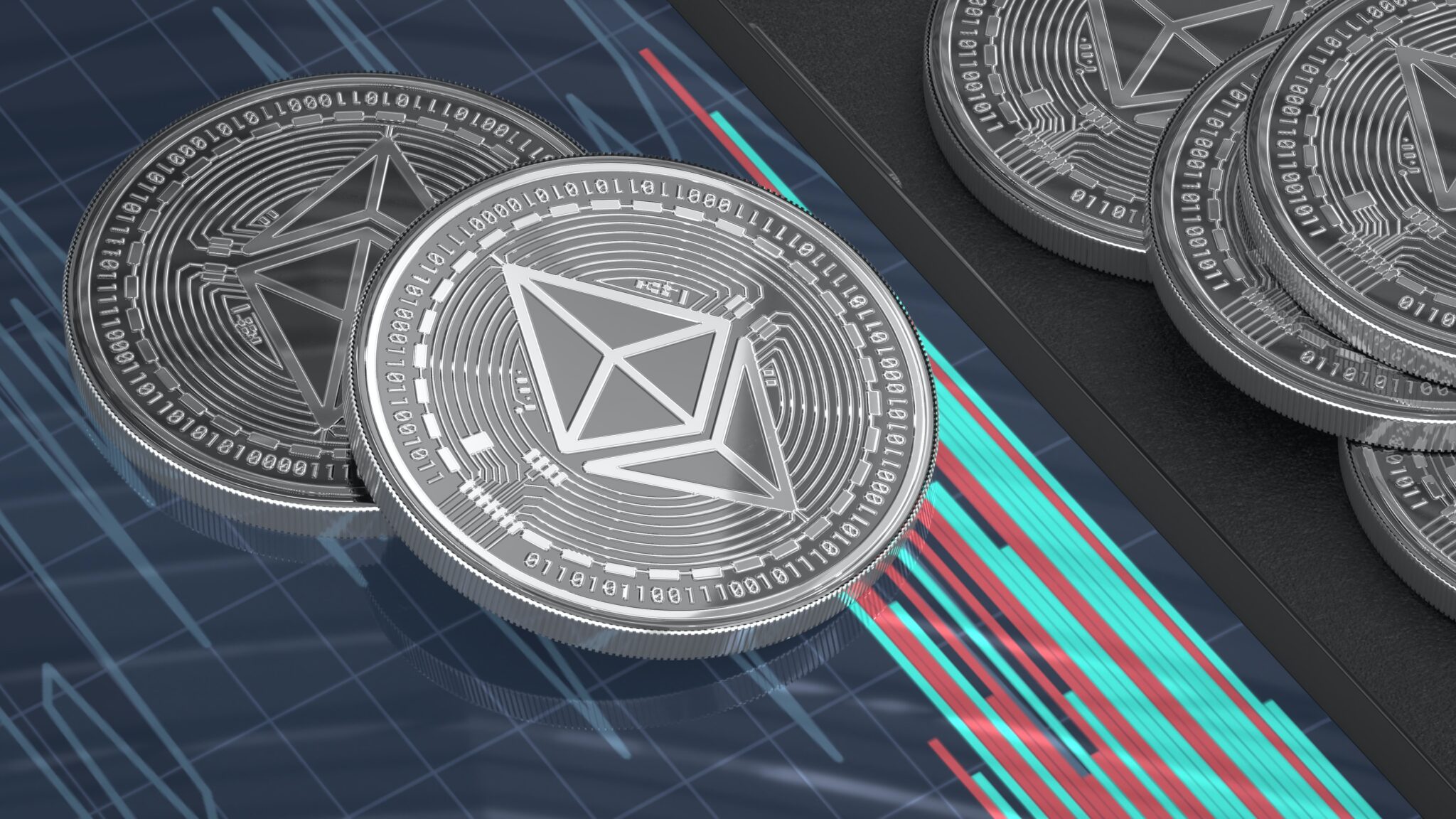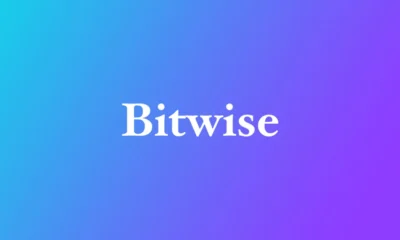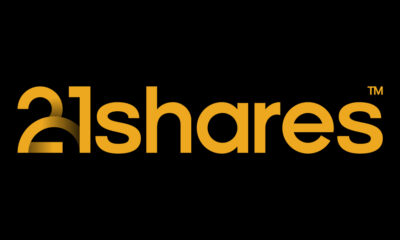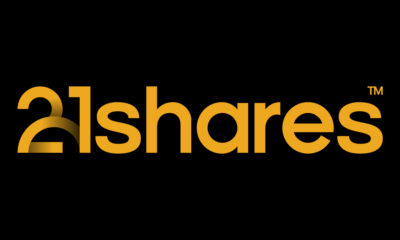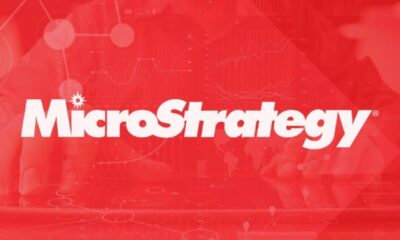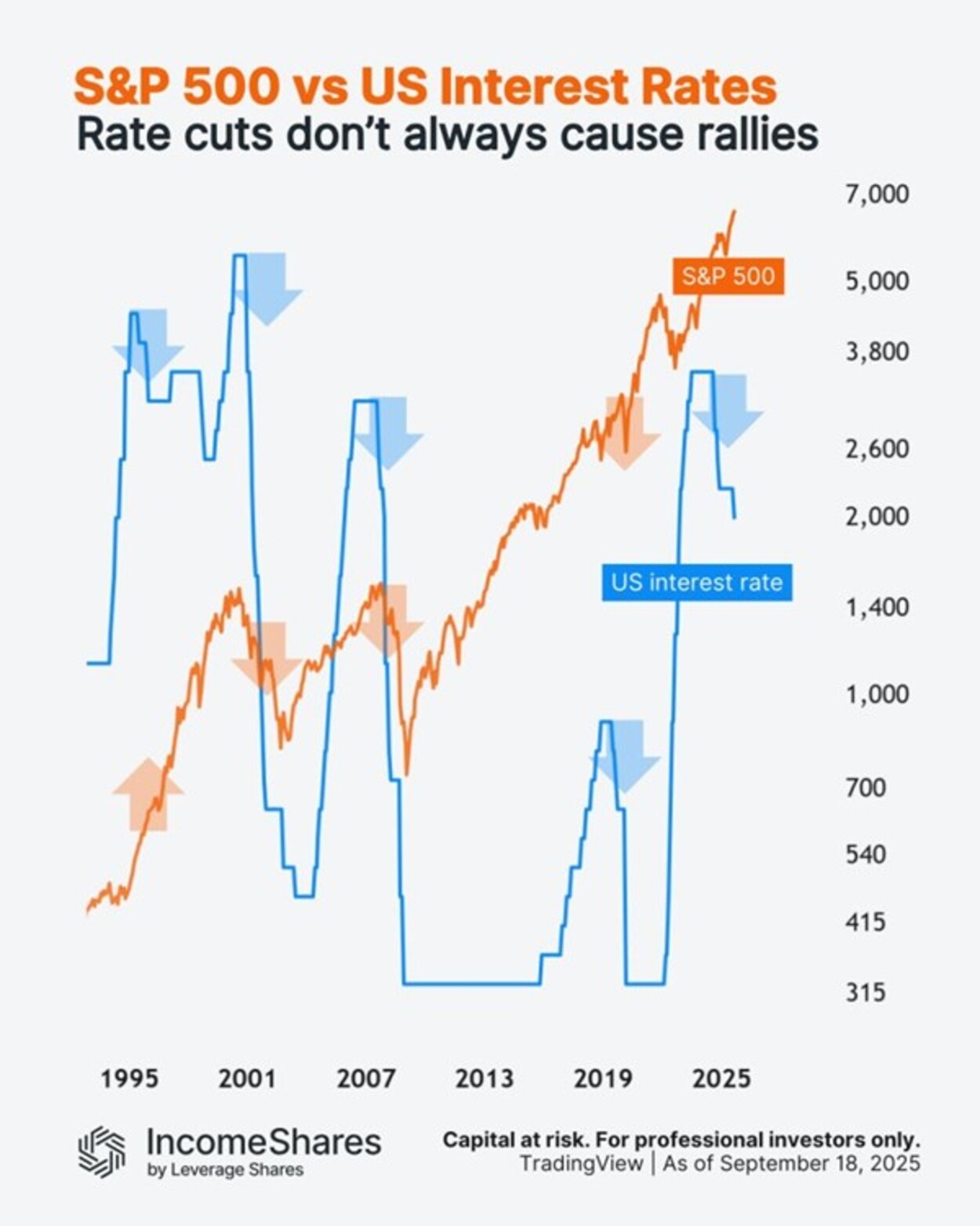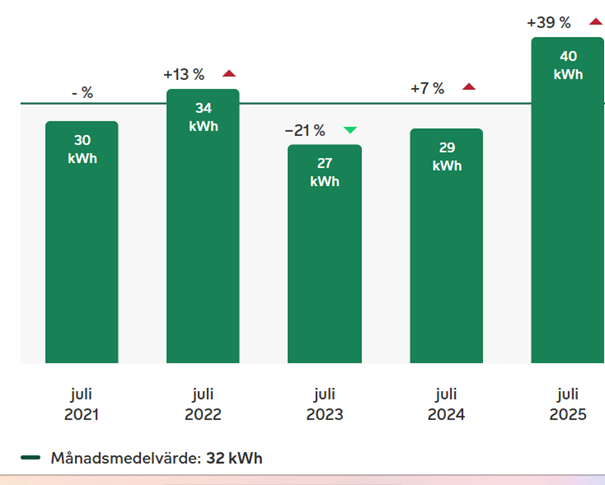ANNONS
Genom att erbjuda trackercertifikat utan förvaltningsavgift, har schweiziska Valour slagit sig in på den svenska marknaden för kryptohandel. Det är goda nyheter för investerare som idag letar effektiv exponering mot bitcoin och ethereum. Men Valour erbjuder en bred palett av krypto-trackers och adderar kontinuerligt nya protokoll till sin familj av certifikat.
– Det har varit mycket stort intresse för våra Bitcoin- och Ethereumcertifikat utan förvaltningsavgift sedan de lanserades i Sverige. Det är inte konstigt med tanke på att administrationsavgiften för den här typen av produkter normalt sett ligger runt två procent, förklarar Tommy Fransson, vd för Valour och ansvarig för den svenska satsningen.
Handla Valour Bitcoin Zero SEK här
Handla Valour Ethereum Zero SEK här
Avanza – alla produkter
Nordnet – alla produkter
Valours krypto-certifikat utan förvaltningsavgift, så kallade zero-certifikat, följer priset på den underliggande tillgången ett till ett och kan handlas via börsen precis som en aktie. För att säkerställa att det finns ett utbud av certifikat finns en market maker i produkten, det vill säga en aktör som ställer priser på certifikaten. Det sker med en viss spread (skillnad mellan köp- och säljkurs). Det är spreaden och eventuella mäklaravgifter som i detta fall är den enda kostnaden för investeraren.
– Som emittent av certifikaten ställer vi krav på market makern att ställa priser kontinuerligt med ambitionen att ligga så nära fair value som möjligt, men i tider av hög volatilitet kan spreaden öka då osäkerheten gällande tillgångens värde ökar. Det ska man som investerare vara uppmärksam på. Det som utmärker våra zero-certifikat är att det inte tillkommer någon avgift utöver spreaden, plus eventuell mäklaravgift, vilket är unikt på den svenska marknaden, förklarar Tommy Fransson.
Idag erbjuder Valour certifikat för Bitcoin, Ethereum, Cardano, Solana, Polkadot, Uniswap, Terra och Avalanche. Det är bara Bitcoin- och Ethereumcertifikaten som erbjuds utan förvaltningsavgift. Men Valour ser över sitt erbjudande hela tiden och Tommy Fransson ser fram emot att utöka produktutbudet av ETP:er (Exchange Traded Products) framöver.
– Givet det stora intresse som finns för handel med kryptovalutor idag försöker vi hela tiden ligga i framkant och erbjuda spetsiga produkter. Vi har precis lanserat nya certifikat med protokollen Avalanche och Terra som underliggande och vi ser stora möjligheter att ytterligare bredda vår produktportfölj för att möta den stora efterfrågan som finns för handel med kryptovalutor bortom de mest välkända protokollen, säger Tommy Fransson.
Kort om Valour
Valour grundades 2019 med visionen att göra det enklare, mer kostnadseffektivt och säkrare att investera i digitala tillgångar. Grundarna av Valour noterade världens första krypto ETP på Nasdaq Nordic 2015 och var först med att lista ett crypto mining-bolag på Toronto Stock Exchange 2017. Idag består Valour av ett kunnigt och nyskapande team med årtionden av erfarenhet av finansiella marknader och digitala tillgångar bakom sig. Besök valour.com för mer information om företaget.
Risktext
Innehållet i denna artikel utgör endast marknadsföringsmaterial och ska inte tolkas som råd, erbjudande eller rekommendation att köpa någon produkt eller tjänst.
Du står i begrepp att köpa en produkt som inte är enkel och som kan vara svår att förstå. Innan du bestämmer dig för att investera bör du noggrant överväga dina investeringsmål och din risktolerans, samt läsa prospektet för att fullt ut förstå de potentiella risker och fördelar som är förknippade med beslutet att investera i värdepapperen. Ett godkännande av prospektet innebär inte ett godkännande av de värdepapper som prospektet täcker.
En investering i värdepapper kan både öka och minska i värde och det är inte säkert att du får tillbaka det investerade kapitalet. Historisk utveckling utgör ingen garanti för framtida utveckling eller avkastning. Prospekt, KIID och slutliga villkor finns på valour.com

 Nyheter3 veckor sedan
Nyheter3 veckor sedan
 Nyheter4 veckor sedan
Nyheter4 veckor sedan
 Nyheter4 veckor sedan
Nyheter4 veckor sedan
 Nyheter4 veckor sedan
Nyheter4 veckor sedan
 Nyheter2 veckor sedan
Nyheter2 veckor sedan
 Nyheter4 veckor sedan
Nyheter4 veckor sedan
 Nyheter2 veckor sedan
Nyheter2 veckor sedan
 Nyheter4 veckor sedan
Nyheter4 veckor sedan
